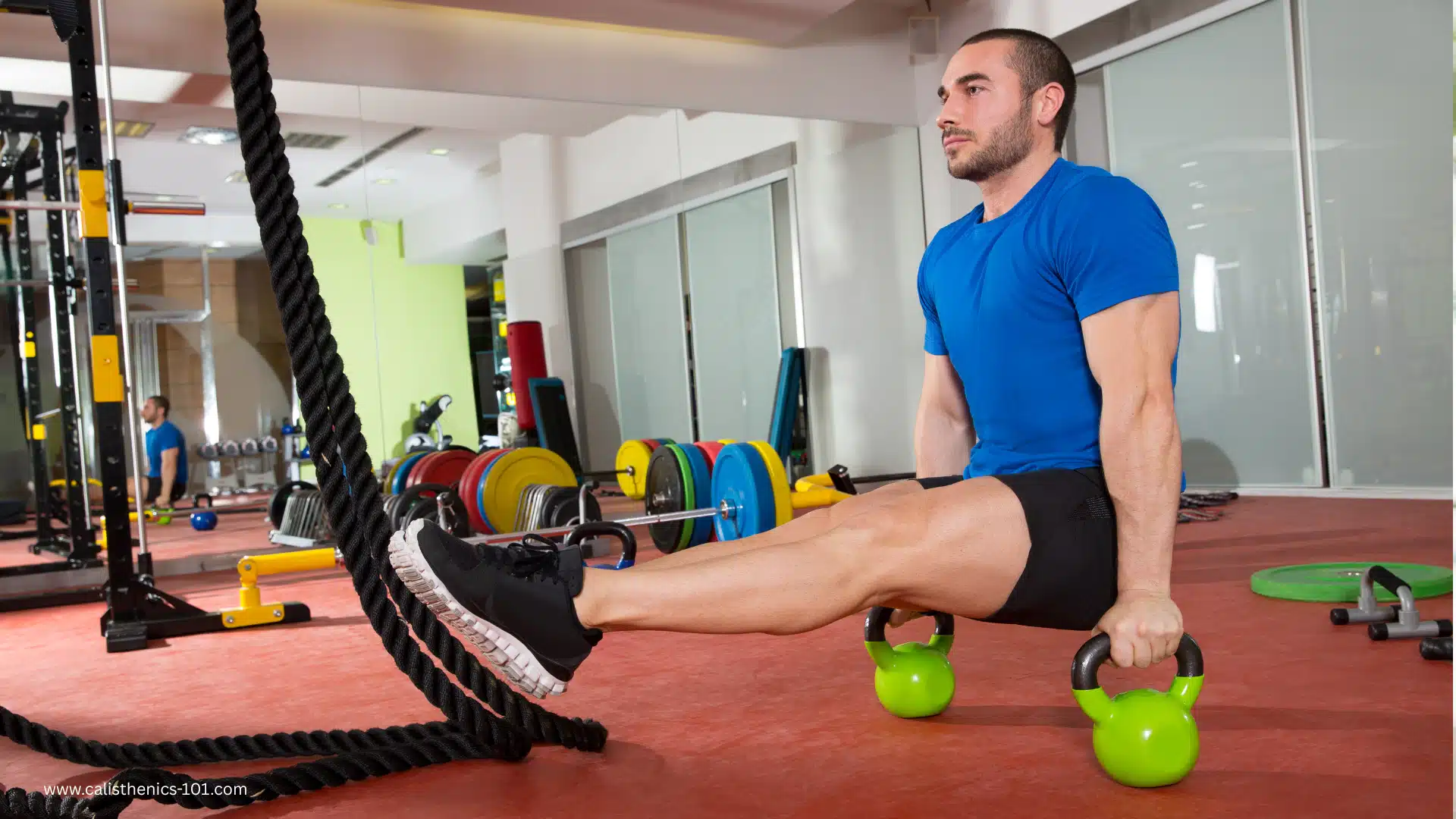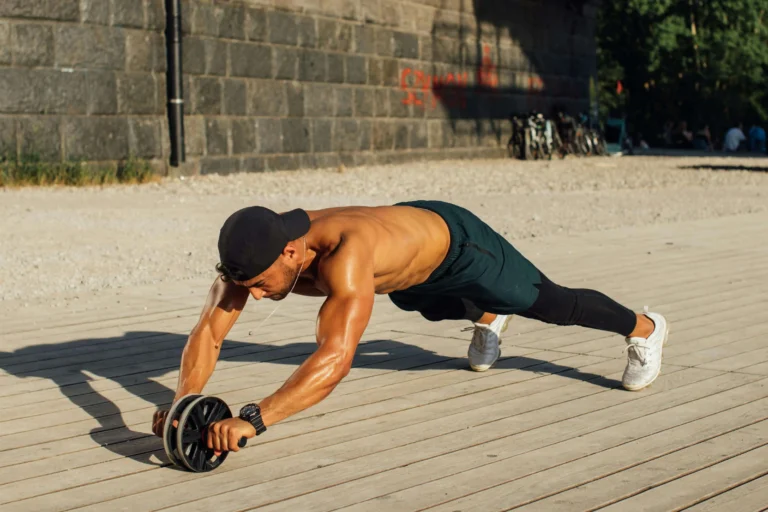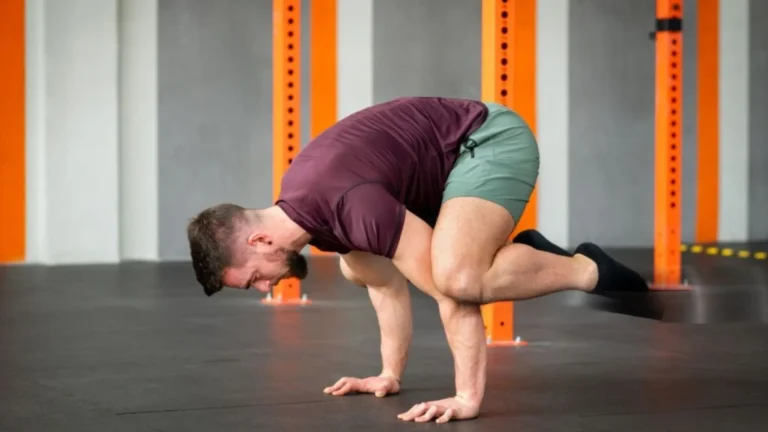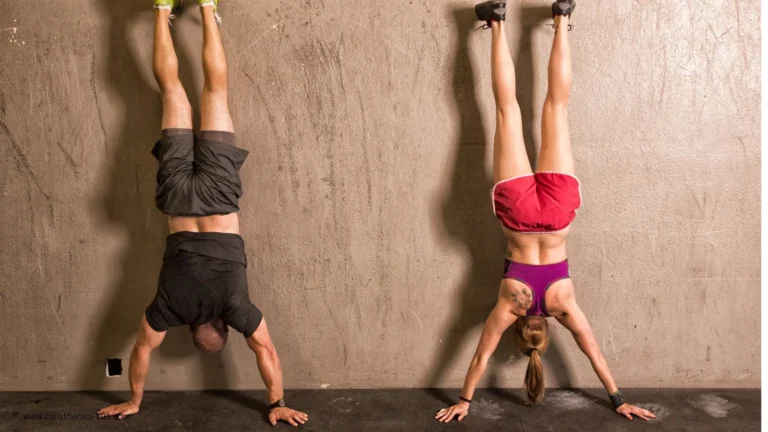L Sit Beginner Routine: 7 Epic Steps to Unlock Killer Core Strength
If you’re just getting started on your calisthenics journey, mastering the L Sit Beginner routine is one of the smartest moves you can make. Not only does this static hold build insane core strength, but it also boosts hip flexor endurance, shoulder stability, and full-body control. In this guide, you’ll learn everything you need to know to confidently start your L Sit Beginner training routine, regardless of your current fitness level.
Why Every L Sit Beginner Should Master This Move
The L Sit is more than just a cool-looking hold. For beginners, it’s a foundational exercise that offers massive benefits:
- Full Core Activation: Engages your rectus abdominis, transverse abdominis, and obliques all at once.
- Functional Strength: Transfers well into other movements like handstands, planche, and V-sits.
- Minimal Equipment Needed: A pair of parallettes or even the floor is enough to get started.
- Improves Posture: Strengthens the muscles needed to keep your spine aligned and hips mobile.
In fact, EMG studies have shown the L Sit elicits over 100% activation in your abdominal muscles—making it more effective than most crunch variations.
Prerequisites & Safety Checks
Before diving headfirst into your L Sit Beginner progression, let’s make sure your body is ready for it.
Mobility Requirements
To perform the L Sit safely and efficiently, you’ll need decent flexibility and control in these areas:
- Hamstring Flexibility: You should be able to reach past your toes in a seated pike stretch.
- Shoulder Range of Motion: Active shoulder flexion should be comfortable and stable.
- Wrist Mobility: Especially important if you’re practicing on the floor.
Strength Benchmarks
Here are a few quick tests to see if you’re strong enough to begin L Sit training:
- 20-Second Hollow Hold
- 10 Straight-Leg Raises (lying on the floor)
- 15 Parallel Bar Dips
Best Equipment for L Sit Beginner
| Surface | Pros | Cons | Best For |
|---|---|---|---|
| Flat Floor | Always available | Wrist pressure | Tuck sit drills |
| Yoga Blocks | Portable and elevated | Slight instability | Apartments/small spaces |
| Parallettes | Neutral wrist angle | Purchase required | Long-term use |
5-Minute Warm-Up for L Sit Beginner
Warming up is non-negotiable. Spend at least 5 minutes prepping your body:
- Cat-Cow Spinal Mobilizations (x10)
- Hip Flexor Pulses (x15 each side)
- Scapular Push-Ups (x12)
- Wrist Rolls (30 seconds each direction)
These drills will activate your core, warm up your wrists, and open your hips—setting you up for success.
L Sit Beginner Progression Plan

You don’t need to jump straight into a full L Sit. Use the following steps to gradually build your strength and control.
Step-by-Step Progressions
- Tuck Sit Hover (knees bent, feet slightly off the ground) – 3 sets of 10 seconds
- One-Leg Extended L (switch legs) – 3 sets of 8 seconds per side
- Low L Sit (45-degree leg angle) – 4 sets of 6 seconds
- Full L Sit – Goal: 3 sets of 10 to 15 seconds
Tip: Only move on to the next level when you can hold your current level for a total of 30 seconds with clean form.
4-Week Sample Schedule
| Week | Monday | Wednesday | Friday | Weekly Goal |
| 1 | Step 1 | Step 1 | Step 1 | 3 x 30s total hold |
| 2 | Step 1+2 | Step 2 | Step 2 | 3 x 24s total hold |
| 3 | Step 2+3 | Step 3 | Step 3 | 3 x 18s total hold |
| 4 | Step 3+4 | Step 4 | Step 4 | 3 x 15s full hold |
This plan gradually increases intensity while giving your body time to adapt.
Perfect Your L Sit Form
Getting into the position is one thing, holding it with perfect form is another. Focus on the following:
Key Form Cues
- Shoulders pressed down and back (depressed and externally rotated)
- Hips in line with hands, not behind them
- Knees fully extended, toes pointed
- Core engaged, spine neutral, gaze forward
Avoid These Common Mistakes
- Bent Elbows: Indicates weak triceps or lack of stability
- Legs Dropping: Often caused by weak hip flexors
- Rounded Upper Back: Poor scapular positioning or core engagement
How Often Should a L Sit Beginner Train?
For best results, train your L Sit 3 to 4 times per week with at least one day of rest in between. Each session should include:
- 3 to 4 rounds of total holds
- Rest 45 to 60 seconds between efforts
- Accumulate 60 to 90 seconds of total hold time per session
Add active recovery work like hip stretches and foam rolling to improve mobility and prevent overuse injuries.
Track Your Progress Like a Pro
Tracking your performance helps you stay motivated and spot improvements:
- Record Max Hold Time every Friday
- Use a smartphone goniometer app to measure hip angle
- Celebrate Small Wins: Every extra 5 seconds is a big deal!
Download a printable tracker to visually measure your L Sit Beginner progress week by week.
Nutrition & Recovery Tips to Maximize Core Gains
Training is just one piece of the puzzle. To truly benefit from your L Sit Beginner routine, support your body with smart recovery and nutrition:
- Protein: 1.6–2.2 grams per kilogram of body weight
- Hydration: Aim for 35ml per kg of body weight
- Micronutrients: Prioritize magnesium, vitamin D, and omega-3s
- Sleep: Aim for 7 to 9 hours per night for optimal muscle repair
Quick Snack Ideas:
- Greek yogurt with almonds
- Protein smoothie with banana, oats, and peanut butter
L Sit Beginner FAQ
How long does it take to master the full L Sit?
For most beginners, it takes 6 to 8 weeks of consistent training to hold a full L Sit for 10+ seconds.
Can the L Sit replace my regular ab workouts?
Yes. The L Sit activates more core muscles than most crunch variations and also trains isometric endurance.
What if my wrists hurt during training?
Try using parallettes to maintain a neutral wrist angle. Include wrist mobility work before and after sessions.
Do I need to lose weight to do an L Sit?
Not necessarily. Proper progressions help you build the strength needed regardless of your current weight.
How often should a L Sit Beginner train?
Three sessions per week with rest days in between works well for most people.
Final Thoughts & Next Steps
The L Sit Beginner routine isn’t just a core workout—it’s a total body upgrade. From stronger abs to better posture, this move trains your entire system to work together in harmony. You don’t need fancy equipment or elite gym access—just consistency, smart programming, and a bit of patience.
So what are you waiting for? Commit to the 4-week plan, download your free L Sit tracker, and share your journey using #LSitBeginnerChallenge. Ready to go further? Check out our advanced guide on progressing to the Tuck Planche.
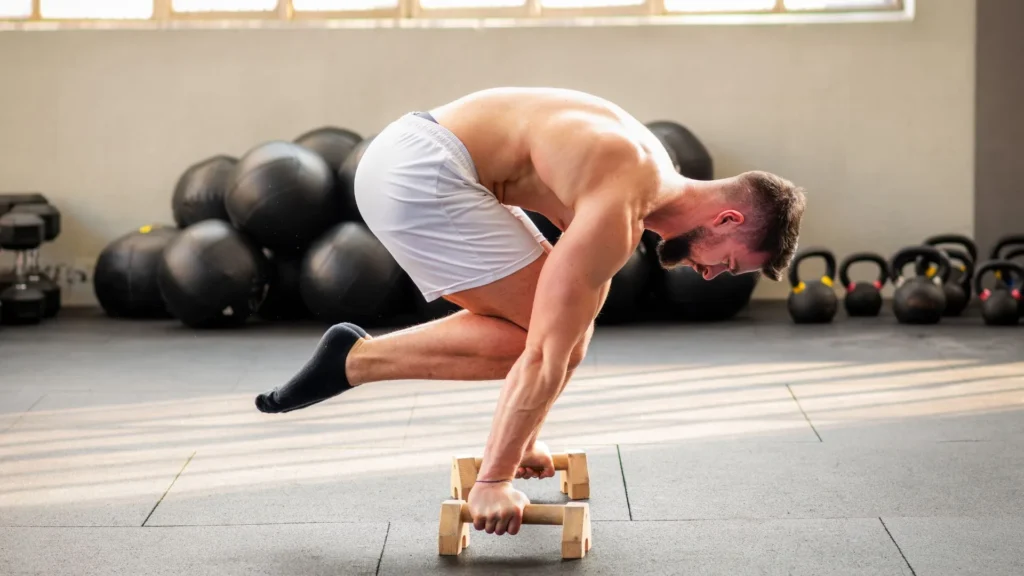
Stay strong, stay consistent—and enjoy the journey!

